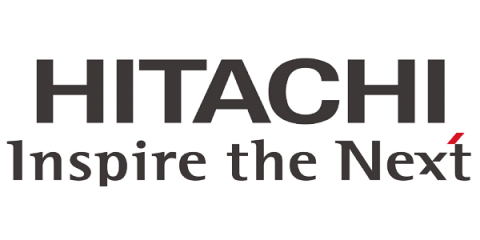Building a Flexible Hybrid Cloud for Today and Tomorrow
Although many enterprises are at varying stages in their cloud journeys, most are adopting distributed mixes of on-premises and public cloud environments in order to maintain certain data and applications close by, while making others more accessible and available online. With such distributed cloud networks, core tenants of the enterprise, such as management, scalability and security, become increasingly challenging. There is a path forward, however.


